
The Environmental Protection Agency (EPA) highlights that while the average American uses 100 gallons of water daily, the average European only uses 50 gallons. Adopting water-saving habits not only preserves this vital resource but also significantly cuts costs.
 Two tools can help gauge your water footprint, revealing surprising insights into various daily activities affecting your overall usage. It’s more than just shower duration or washing dishes; it extends to what you eat, how you cook, heat, dress, dry clothes, and more. Taking a carbon footprint test sheds light on this. I immediately noticed changes in my routines when I tried it.
Two tools can help gauge your water footprint, revealing surprising insights into various daily activities affecting your overall usage. It’s more than just shower duration or washing dishes; it extends to what you eat, how you cook, heat, dress, dry clothes, and more. Taking a carbon footprint test sheds light on this. I immediately noticed changes in my routines when I tried it.
Finding affordable ways to make my showers, faucets, and other water-related purchases more efficient is a priority. While sustainability is on my mind, it’s easy to slip into old habits. That’s why seamless changes and tools that automatically reduce water usage are incredibly valuable.
What Is My Water Footprint?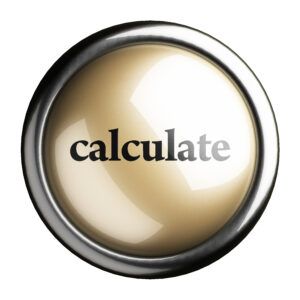
The Water Calculator
developed by the Water Footprint Network (WFN), is founded on Dr. Arjen Hoekstra’s work. Dr. Hoekstra and the WFN team devised this framework, establishing the organization as a leading research network in this field. Access the Water Calculator at: https://www.watercalculator.org/
![]() The Water Footprint Calculator
The Water Footprint Calculator
assesses humanity’s impact on freshwater resources through water consumption and pollution volumes. Discover more about it here: https://www.waterfootprint.org/resources/interactive-tools/personal-water-footprint-calculator/
Following are some valuable insights and actions you can take to conserve water in your everyday life:
WaterSense & Water Savings:

- Look for WaterSense labels on products, indicating they are 20 percent more water-efficient and perform as well or better than standard models.
- By replacing old, inefficient toilets with WaterSense-labeled models, an average family can save 13,000 gallons of water and $130 annually.
- Switching bathroom faucets and aerators to WaterSense-labeled models can save around $250 in water and electricity costs over their lifetime.
- Upgrading showerheads with WaterSense labels can save an average family over 2,700 gallons of water yearly and reduce electricity costs by $70.
- A high-efficiency makeover for a bathroom with WaterSense-labeled fixtures can pay for itself in just one year.
- Replacing a clock-based irrigation controller with a WaterSense-labeled one can save up to 15,000 gallons of water annually.
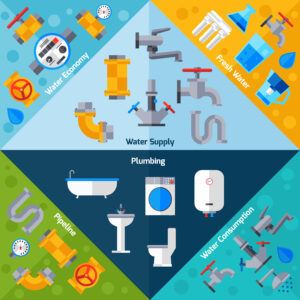
Water Stats:
- Household leaks waste around 180 gallons per week, totaling 9,400 gallons annually—equivalent to washing more than 300 laundry loads.
- Dishwasher use—only when full—saves nearly 320 gallons of water yearly.
- Simple habits like turning off the tap while brushing teeth and shaving can collectively save nearly 5,700 gallons of water per year.
- Washing dishes with a running faucet for five minutes wastes 10 gallons—enough energy for a 60-watt light bulb for 18 hours.
- Outdoor water use constitutes more than 30 percent of total household water use and can equal 60 percent in arid regions.
- Consistently watering an average-sized lawn daily for a week is equivalent to running the shower constantly for four days or taking over 800 showers in a year.
- Around 50 percent of outdoor water is lost due to inefficiencies, such as wind, evaporation, and runoff from poorly maintained irrigation systems.
- Hiring a WaterSense-certified professional to manage your irrigation system can reduce water use by 15 percent, saving 7,600 gallons annually.
Conserving water is crucial for sustainability. For more details on the statistics and facts used by WaterSense, reach out to the WaterSense Helpline at watersense@epa.gov or (866) WTR-SENS (987-7367).
![]()
Water Conservation Tips Your Home
Monitor Your Water Bill:
- Keep track of your water bill trends to identify any unexpected increases in water usage.
- Compare your current usage with previous months to spot any irregularities that might indicate leaks or excessive water consumption.
 Spot and Address Leaks:
Spot and Address Leaks:
- Check for leaks not only in faucets but also in hidden areas like pipes and hoses.
- Use your water meter as a detective tool to identify leaks by checking for any unusual water usage when no water is being actively consumed.
 Audit Every Room:
Audit Every Room:
- In bathrooms, inspect showerheads, faucets, and toilets for leaks or inefficiencies.
- Check your toilet for silent leaks by adding food coloring to the tank and observing if the color seeps into the bowl without flushing.
- For laundry areas, evaluate the efficiency of your washing machine and inspect hose fittings for any leaks.
- In the kitchen, examine taps, dishwasher efficiency, and consider utilizing collected water from taps for other purposes.
![]() Behavioral Changes:
Behavioral Changes:
- Introduce a family challenge to reduce shower times or incorporate a timer to encourage shorter showers.
- Encourage turning off taps when brushing teeth and while soaping dishes to save water.

Transportation and Water Use:
- Explore carpooling or combining errands to reduce the number of trips and, consequently, the fuel consumed.
- Consider alternative modes of transport like bicycles or public transit to cut down on individual vehicle usage and fuel consumption.
 Dietary Changes for Conservation:
Dietary Changes for Conservation:
- Advocate for plant-based meals that require less water in their production compared to meat-intensive diets.
- Reduce coffee intake or explore sustainable coffee production options to minimize water-intensive habits.
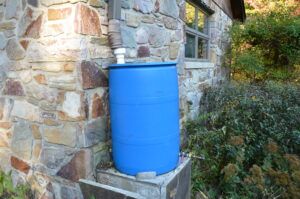 Home Water Conservation Practices:
Home Water Conservation Practices:
- Explore advanced water-saving technologies like low-flow toilets and efficient showerheads to minimize water usage.
- Consider rainwater harvesting systems for outdoor irrigation needs to reduce reliance on mains water supply.
- Encourage family members to be mindful of water use and participate in household conservation efforts.
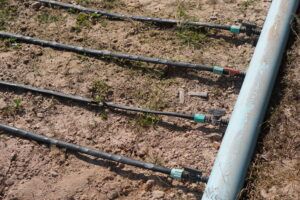 Yard Water Conservation:
Yard Water Conservation:
- Opt for native plants or drought-resistant landscaping options that require less watering.
- Use drip irrigation systems or soaker hoses to efficiently water plants and avoid wastage.
 Water Conservation Tips or Kids:
Water Conservation Tips or Kids:
- As adults, we can teach children about the importance of water conservation and what they can do to help make a difference. There are a few simple tasks that children can tackle, including:
- Teaching kids that toilets are only for waste, not other objects.
- Rewearing clothes if they aren’t visibly dirty or obviously stinky to reduce how
- to reduce how much laundry needs to be done.
- Using old water to water plants instead of just dumping it out.
- Using a single glass or a reusable water bottle to avoid dirtying multiple cups and having to run the dishwasher.
By implementing these detailed strategies, households can significantly reduce water consumption, contributing positively to water conservation efforts.
Here are a few products that can help you in your water conservation efforts at home:
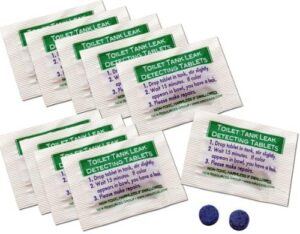
Toilet Leak Detecting Tablets – Dye Tablets for Bathroom Leaks – Detect Silent Leaks

Affiliate Disclosure
We use Affiliate Links to support the writing and research for Simply Sustainable Lifestyle. We find and research goods and services that will enhance the experience of living a simple and sustainable lifestyle. We hope you will find value in our posts that will support your journey to a more sustainable lifestyle as well.
Invitation to comment
Please give us feedback about the articles we publish. We love to hear from our readers and will answer your questions promptly. Also please comment regarding any services, organizations, books, and products that were great or failed to meet your needs. We would love to hear about it so I can keep my recommendations in line with the focus of Simply Sustainable Lifestyle and help others along the way with your comments.
Sign up to our email list and we will keep you informed of new articles that are being published. We do not fill your inbox but will notify you of new articles about once per week.
ADD SIGN-UP FORM
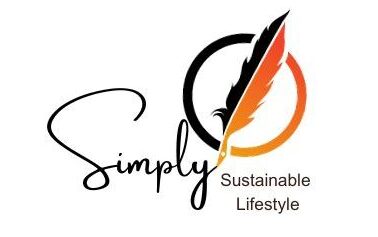
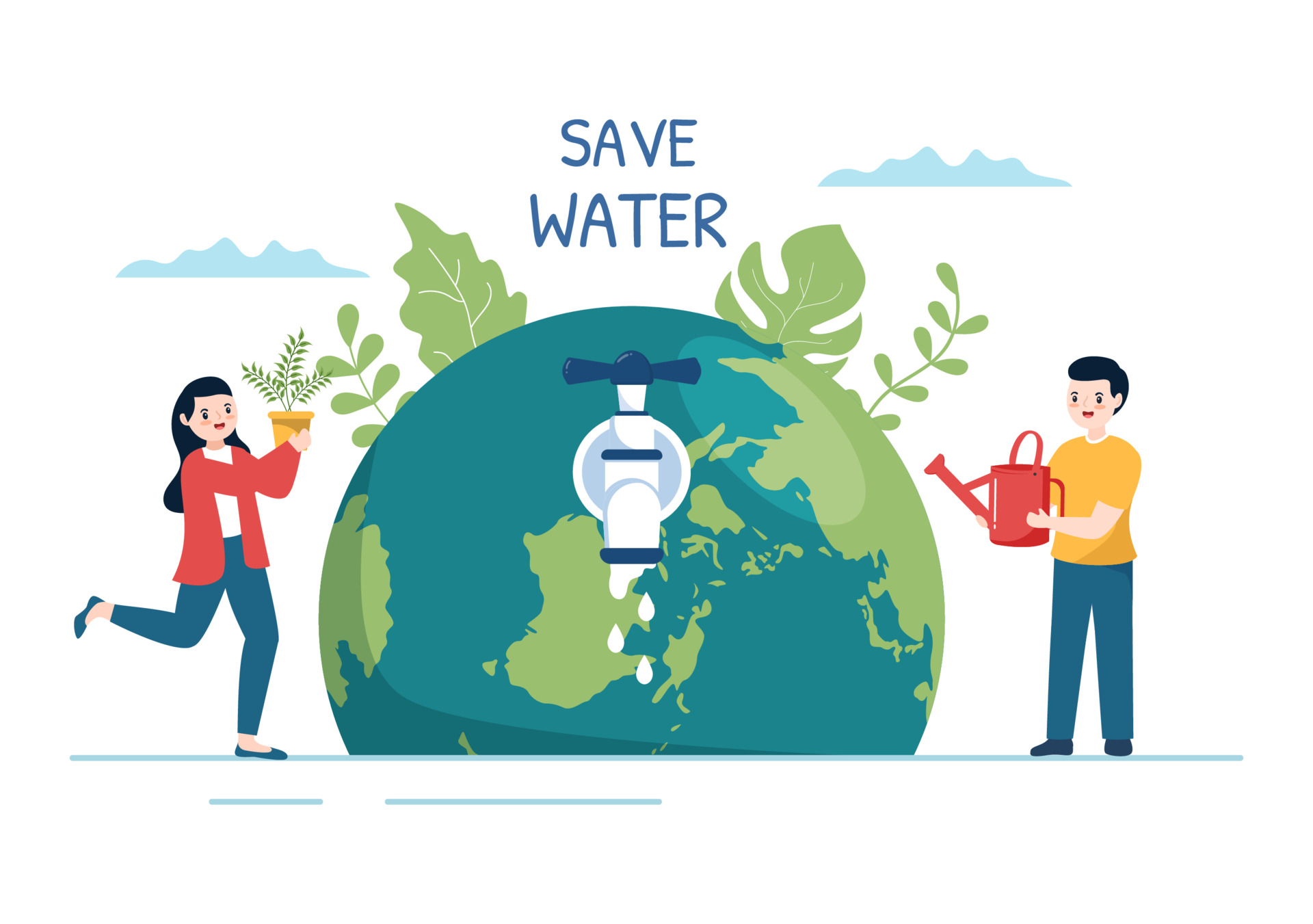
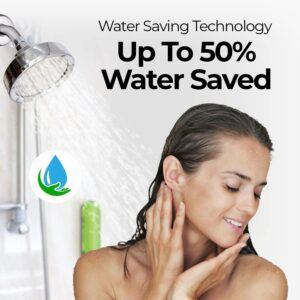
Very nicely done. I like the color and images that go with your facts and figures. Our household has already tackled some of your suggestions. All of our light bulbs have been upgraded to power saving. While we have a sprinkler system for our 1.4 acres, we no longer need to worry about a footprint. We left the area for 7 years and rented out the place. The tenant decided he wanted an above ground pool, and I guess the water hose took too long, so he cut off the sprinkler systems flow controller and used the PVC pipe to fill the pool, and then he removed the controller. I do believe that all of your ideas are excellent, and I have recorded the websites you directed me to. Thanks for the advice.
Glad you found value in the water conservation post. Also very pleased that you found the resource links helpful for now and possibly the future. You are doing a good job of integrating water conservation each and every drop counts.
Thanks for your comments.